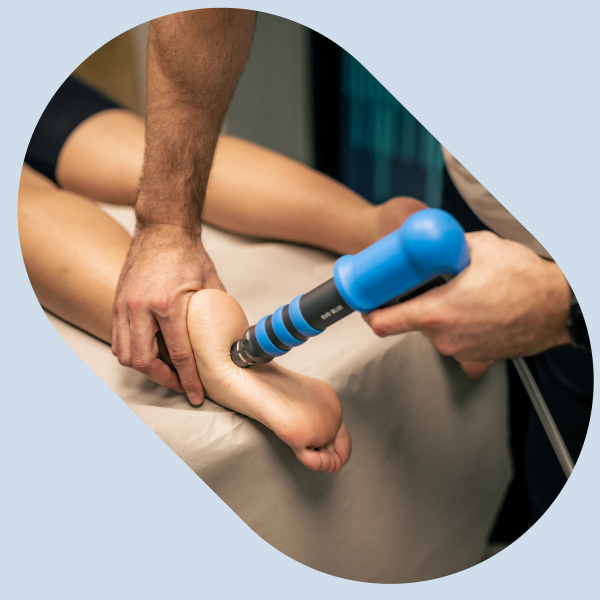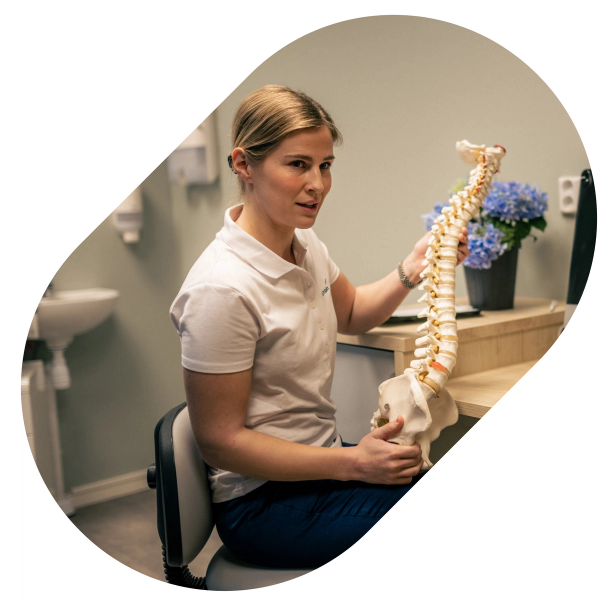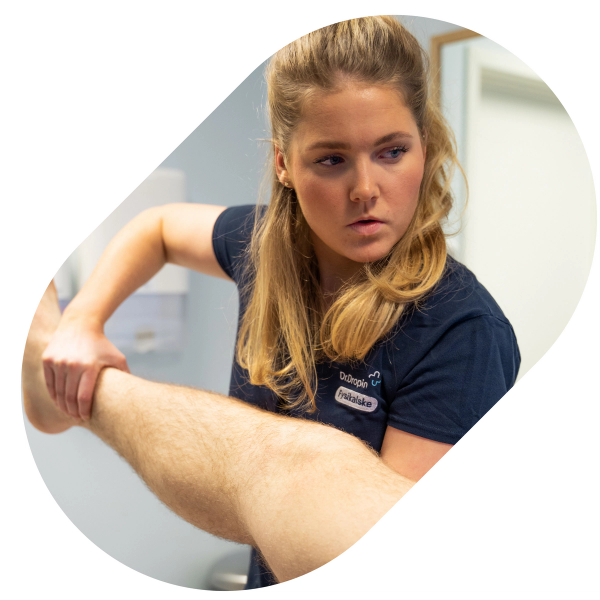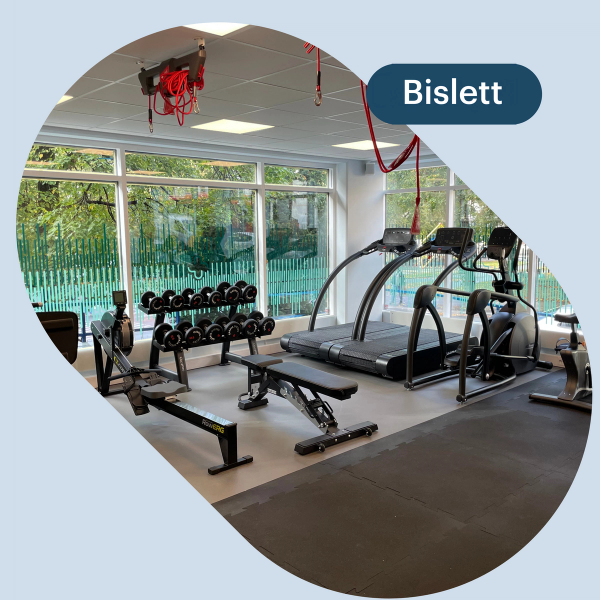Diet is a big topic that we will briefly address here. When we talk about energy, it is largely kcal and nutrients one has in mind. The body uses kcal to sustain vital processes, perform muscle work and build or repair tissue. A good diet can mean different things to several people. In this context, it is a matter of being in energy balance or a small profit. If you are on a diet or have a calorie deficit, you take away the kcal your body would otherwise use to build structures. This allows the body to use energy from fat stores, muscles and bones. The body will always be most interested in surviving and keeping vital functions alive, so if one goes far in deficit, this will affect the muscles and skeleton, which will then be slightly downgraded. Those who exercise intensively should be careful with the right diet as a long-term calorie deficit can be a risk factor for fatigue fractures as bone tissue, especially in the legs, gets a lot of strain and does not build up accordingly after each session. You can read more about this on MTSS.no which is an information site about medial tibial stress syndrome. Minerals and nutrients that are important are then calcium, proteins and fatty acids. As always, a varied diet will be important, but often it is these three areas that become deficient when one decides to start intensive training.





